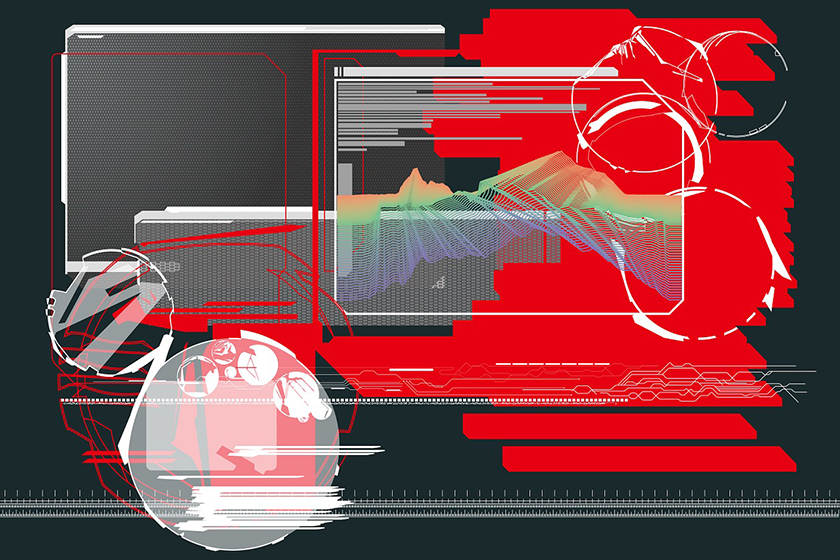One of the highlights of my Fall semester was the opportunity to host a one-day workshop at Temple Law on how autonomous technology may impact the future of international humanitarian law (IHL) and the lawyers who practice it. With co-sponsorship from the International Committee of the Red Cross (specifically, Rob Ramey and Tracey Begley) as well as Gary Brown of Marine Corps University, we wanted to have an inter-disciplinary conversation on the way autonomy may implicate the practice of law across a range of new technologies, including cyberwar, drones, and the potential for fully autonomous lethal weapons. Although these technologies share common characteristics — most notably their ability (and sometimes their need) to operate in the absence of direct human control — discursive silos have emerged where these technologies tend to be discussed in isolation.
Our workshop sought to bridge this divide by including experts on all three technologies from an array of disciplinary backgrounds, including IHL, political science, and ethics (see here for a list of participants). Fortunately, the day itself lived up to the hype, with a detailed agenda that prompted a wide-ranging set of conversations on the nature of the technology, the ethical issues, as well as IHL’s current regulations and its likely future evolution. Subject to the Chatham House Rule, the ICRC has published summaries of these conversations on their blog, Intercross.
In addition to those blog posts, the Temple International and Comparative Law Journal will publish a series of short (and often provocative) think-pieces written for the workshop. My own contribution, Setting the Stage: Autonomous Legal Reasoning in International Humanitarian Law is now available on SSRN. Here’s the abstract:
This short essay seeks to reorient — and broaden — the existing discourse on international humanitarian law (IHL) and autonomous weapons. Written for a conference co-sponsored by the International Committee of the Red Cross, it employs a contextual analysis to pose new questions (and reformulate others) regarding the relationship between IHL and autonomous weapon systems. It asks six questions: (1) Who should IHL regulate in this context? Does IHL only regulate States and individuals, or can it provide rules for autonomous weapon systems themselves? (2) What types of autonomous technology should IHL regulate? Should the current focus on kinetic weapons expand to encompass cyber operations? (3) Where should this discourse occur? How do the trade-offs involved in locating legal discourse in a particular forum impact the elaboration of IHL vis-à-vis autonomous systems? (4) When should IHL regulate autonomous weapons? Should IHL ban autonomous weapons now or allow its regulation to emerge incrementally over time? Can IHL only apply when an autonomous system’s operations constitute an attack, or should IHL’s application reach more broadly? (5) How should IHL regulate autonomous weapon systems? Are prohibitions better or worse than prescriptive authorities? Should IHL regulate via rules, standards, or principles? Finally, (6) why should IHL regulate autonomous weapons? How can IHL best prioritize among its foundations in military necessity, humanitarian values, and the practical reality that the development of such systems now appears inevitable. In asking these questions, my essay offers a critical lens for gauging the current scope (and state) of international legal discourse on this topic. In doing so, it sets the stage for new lines of inquiry that States and other stakeholders will need to address to fully understand the perils — and potential — of increasing autonomy in technology for IHL and the international lawyers who practice it.
Fans of Thomas Aquinas may be particularly interested in this piece since I ask these questions using the same analytical frame Aquinas deployed to delineate those circumstances that define human acts. Otherwise, interested readers should keep an eye out for the Symposium volume itself, which should be out sometime later this Spring or early this coming Summer.


